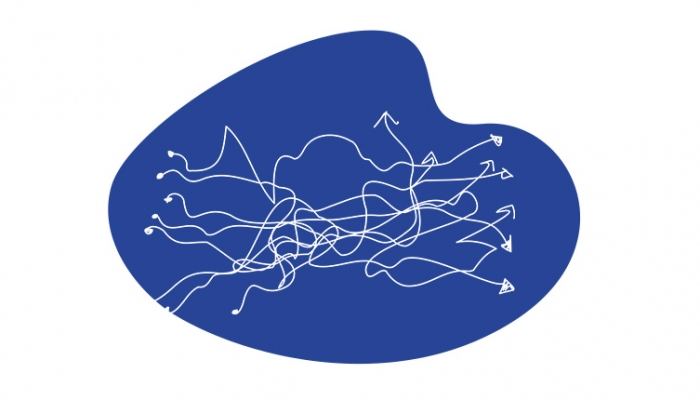6 pointers for PR professionals tackling misinformation on the front lines
Misinformation, disinformation and fake news is highly contagious and harmful, especially in the field of health. Effective PR and communications can help fight the spread and protect the public from its impacts.
Our latest white paper ‘Medical misinformation: How PR can stop the spread’ features guidance for comms professionals tasked with educating and informing, with advice from medical, healthcare and pharmaceutical practitioners working in-house, agency-side and within the media.
Take note of these six pointers from the paper, and download the full report here.
1. Be vigilant with AI tools
‘A key challenge this year will be the threat of generative AI and combatting misinformation, particularly online. However, it is an area for opportunity and growth – the harnessing of tech to provide data rich intelligence that can underpin PR activity.’
Matt Wilson, media and public affairs manager for the Advertising Standards Authority (ASA)
2. Stay transparent
‘Transparency of production, transparency of bias, transparency of any kind that goes into news organisations’ production or production values should be better communicated with consumers.
‘When you go into a shop, you pick up a piece of food and it has the nutritional information on the back so that you can decide whether or not you want to eat it. If we had better signposting within news organisations to help us understand how the piece was created and why it was created, it would help us better pick quality content as consumers.’
Jodie Jackson, founder of the News Literacy Network (find out more about the network in this ResponseSource interview)
3. Allow open conversation to avoid mistrust
‘Although witnessing medical misinformation being spread can be frustrating, especially as a healthcare professional, it is important to remain understanding as to why some people may hold irrational beliefs. Mocking them for having these views, or suffocating any conversation around them, can lead to a further level of distrust between the general public and professionals within the pharmaceutical industry, which can further fan the flame of misinformation.
‘It is important to target misinformation with education and critical thinking – after all, social media regulation will not stop misinformation from being spread in the long-run, as people will find other ways to do this. Changing the way people take in information and educating them on how they can validate information before believing it directly must happen, too.’
Carolina Goncalves, superintendent pharmacist at UK pharmacist Pharmica
4. Pay close attention to inequalities and bias still within the health sector itself
‘As a health journalist, I’ve become increasingly interested over the last five or so years in issues around health inequalities, gender bias and medical misogyny.
‘In 2018 I started my blog Hysterical Women to bring together women’s stories and experiences in one place. It particularly explores some of the dismissive and disbelieving attitudes that women can encounter when seeking healthcare – the idea that we’re being “hysterical” or “hormonal”, or that our symptoms are “all in our heads”.
‘I hope to move that conversation forwards – beyond simply curating experiences to actually looking at the underlying reasons, highlighting some of the campaigns around the gender health gap and exploring what the solutions might be.’
Sarah Graham, writer and author of ‘Rebel Bodies: A guide to the gender health gap revolution’ (read more about Sarah and her work in this interview)
5. Go beyond the physical to gain and retain the attention of your audience
‘Re-evaluate your assumptions about what people will engage with. Mental health is a big concern, for example – so consumers may be more likely to engage with content about mental wellness, compared to physical wellness.’
Helen Fitzhugh, associate director, Healthcare at Kaizo PR
6. Be responsive to international events to fight fake news
‘One advantage we have on misinformation is that it rarely falls out of the blue – it tends to spike in response to unfolding events. Extreme weather events, global conflicts and public health crises are all areas where misinformation can thrive. We’d recommend keeping an eye on countries that have elections coming up, too.’
Shayoni Lynn, founder and CEO of Lynn
Download ‘Medical misinformation: How PR can stop the spread’ here.






Leave a Comment